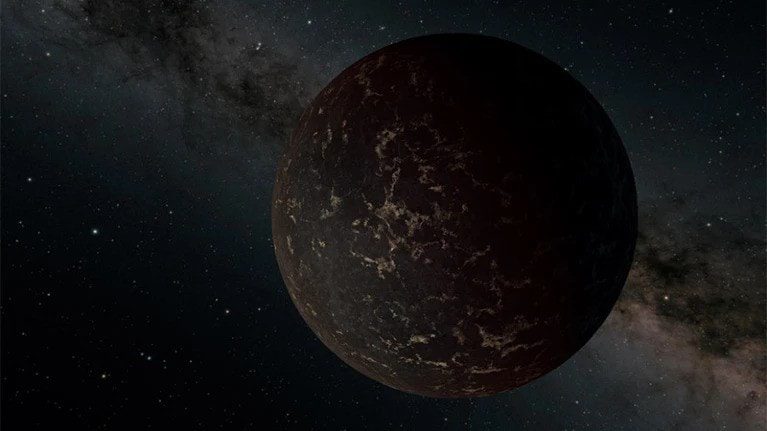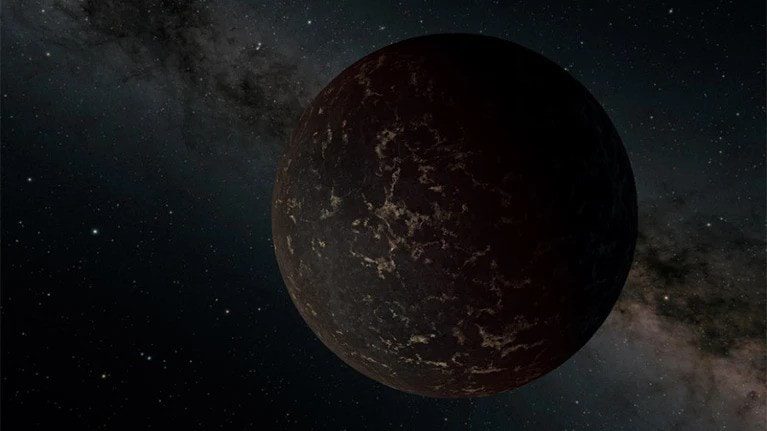
Generally, every place on Earth encounters about half a year of daytime and half a year of nighttime. Near the equator, the lengths of day and night stay relatively consistent throughout the year, each lasting about 12 hours.
As you move away from the equator, the daily balance between day and night shifts. For example, in New York City, daylight lasts for about 15 hours in June but decreases to around 9 hours by December. At the North Pole or South Pole, daytime and nighttime can last for a full 24 hours. This is known as polar day and polar night. The polar day is often referred to as the Midnight Sun.
Changes in the length of day and night are due to Earth’s axial tilt. Our equator is tilted by 23.4 degrees in relation to the sun’s ecliptic plane. As Earth orbits the Sun, different regions tilt towards or away from the Sun at different times of the year. This is also the reason for the existence of seasons. planet’s Imagine a planet where there is no in-between of daytime or nighttime. On this planet, one side is always illuminated by the Sun while the other side is in constant darkness. Astronomers have discovered such a planet located approximately 48.6 light-years away in the constellation Indus. Now consider a planet where there are no half-measures of daytime or nighttime..
Now envision a planet where there is no middle ground between daytime and nighttime. On this planet, one side is perpetually bathed in sunlight, while the other side is shrouded in continuous darkness. Astronomers have identified such a planet. It is situated somewhere in the constellation Indus, around 48.6 light-years from us.
Exoplanets that are Tidally Locked
This planet, named LHS 3844b, is the first confirmed exoplanet to be tidally locked, resulting in one hemisphere always being in daylight while the other remains in perpetual darkness. This is similar to how our Moon works, always showing one side to Earth.
Tidal locking occurs when a planet's rotation period matches its orbital period around its star, causing one side to constantly face the star while the other side remains in darkness. This phenomenon is due to gravitational forces between the planet and its star.
Proving that an exoplanet located light-years away is tidally locked is extremely difficult. While the orbital period is easy to measure, determining the rotation period from such a distance is challenging. However, the researchers found a creative solution.
The team, led by Xintong Lyu from Peking University, along with collaborators from McGill University, the Jet Propulsion Laboratory, and the Max-Planck Institute for Astronomy, utilized the Spitzer Space Telescope's infrared observations to measure the brightness of light reflected by this super-Earth.
Data from the Spitzer Space Telescope enabled the researchers to estimate the temperature of its surface, indicating that the side facing the telescope was cool, despite LHS 3844b orbiting its host star at an extremely close distance, completing an orbit every 11 hours. The only explanation is that this side is the dark side of a tidally locked planet.
“Because we haven't seen strong tidal heating, we can dismiss the idea of fast non-synchronized rotation,” wrote co-author Keith Cowing.
Just one of many?
“This is the most convincing proof one could gather with current information or tools,” Emily Rauscher, a theoretical astrophysicist at the University of Michigan in Ann Arbor, told Nature.
Astronomers think there are many tidally locked planets in our galactic neighborhood. More evidence is expected from the JWST, which can study the rotation of exoplanets orbiting farther from their stars — worlds more likely to keep atmospheres and habitable conditions.
If these planets also show signs of tidal locking, it would mean that many, if not most, habitable planets in the Milky Way are tidally synchronized. And that’s just fascinating to think about.
The findings were published in The Astrophysical Journal.
Was this helpful?
Related Posts
- Infant feeding bottles may release millions of microplastics during formula preparation
- Floating solar panels could provide the world with the extra electricity it needs
- The war on drugs has failed, study finds. It’s time to try something else
- Is cold fusion possible? Myths and facts with Bill Nye









